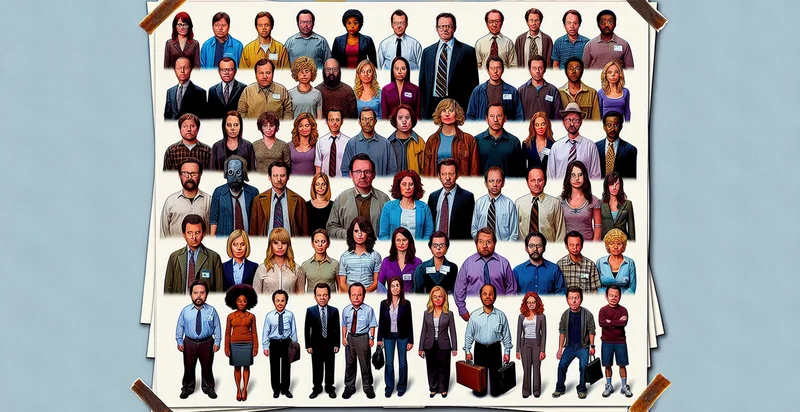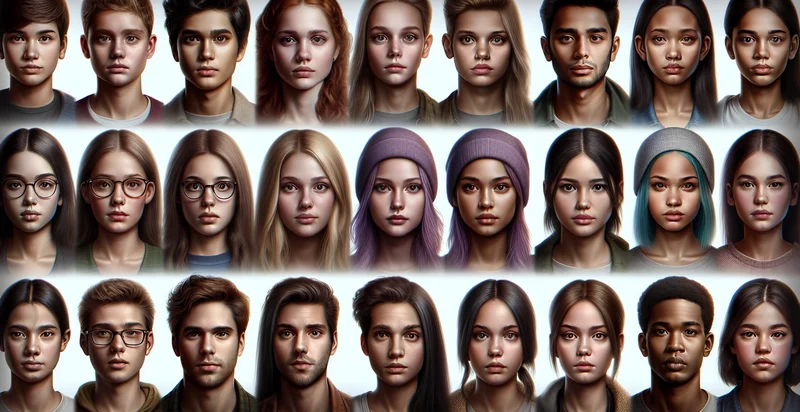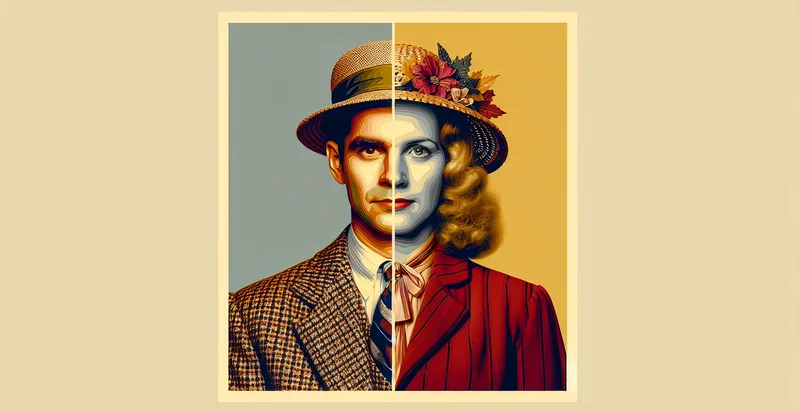Identify which character from The Office you look like
using AI
Below is a free classifier to identify which character from The Office you look like. Just upload your image, and our AI will predict which character you look like - in just seconds.

Contact us for API access
Or, use Nyckel to build highly-accurate custom classifiers in just minutes. No PhD required.
Get started
import nyckel
credentials = nyckel.Credentials("YOUR_CLIENT_ID", "YOUR_CLIENT_SECRET")
nyckel.invoke("which-character-from-the-office-you-look-like", "your_image_url", credentials)
fetch('https://www.nyckel.com/v1/functions/which-character-from-the-office-you-look-like/invoke', {
method: 'POST',
headers: {
'Authorization': 'Bearer ' + 'YOUR_BEARER_TOKEN',
'Content-Type': 'application/json',
},
body: JSON.stringify(
{"data": "your_image_url"}
)
})
.then(response => response.json())
.then(data => console.log(data));
curl -X POST \
-H "Content-Type: application/json" \
-H "Authorization: Bearer YOUR_BEARER_TOKEN" \
-d '{"data": "your_image_url"}' \
https://www.nyckel.com/v1/functions/which-character-from-the-office-you-look-like/invoke
How this classifier works
To start, upload your image. Our AI tool will then predict which character you look like.
This pretrained image model uses a Nyckel-created dataset and has 20 labels, including Michael Scott, Dwight Schrute, Jim Halpert, Pam Beesly, Angela Martin, Kevin Malone, Oscar Martinez, Stanley Hudson, Phyllis Vance and Ryan Howard.
We'll also show a confidence score (the higher the number, the more confident the AI model is around which character you look like).
Whether you're just curious or building which character from The Office you look like detection into your application, we hope our classifier proves helpful.
Related Classifiers
Need to identify which character from The Office you look like at scale?
Get API or Zapier access to this classifier for free. It's perfect for:
- Employee Engagement Tool: This function can be utilized by organizations as a fun employee engagement tool during team-building activities. Employees can use the classifier to find their "Office" character look-alike, fostering camaraderie and conversations around shared interests in the show.
- Interactive Marketing Campaign: Brands can incorporate the image classification function into their marketing campaigns to engage customers. Users can upload their photos to see which "Office" character they resemble, creating shareable content that increases brand visibility on social media.
- Social Media Filter: Social media platforms could implement this feature as a filter, allowing users to identify their character likeness and share results with friends. This could enhance user interaction and provide a light-hearted way to boost platform engagement.
- Virtual Events Icebreaker: During virtual conferences or events, this function can serve as an icebreaker activity. Participants can find their look-alike and discuss their results, generating conversation and networking opportunities.
- Personalized Content Creation: Content creators can use the classification results to tailor their content. For example, if a user resembles a specific character, customized memes or relatable quotes can be generated, enhancing user interaction and satisfaction.
- Merchandise Personalization: E-commerce platforms could use the function to allow customers to personalize merchandise featuring their likeness character, such as t-shirts or mugs. This creates a unique shopping experience and encourages user investment in products.
- Gamification in Learning Platforms: Educational platforms could gamify the learning experience by incorporating this function into quiz or training modules. Users can unlock special content or rewards based on their identified character, reinforcing engagement and motivation in the learning process.


